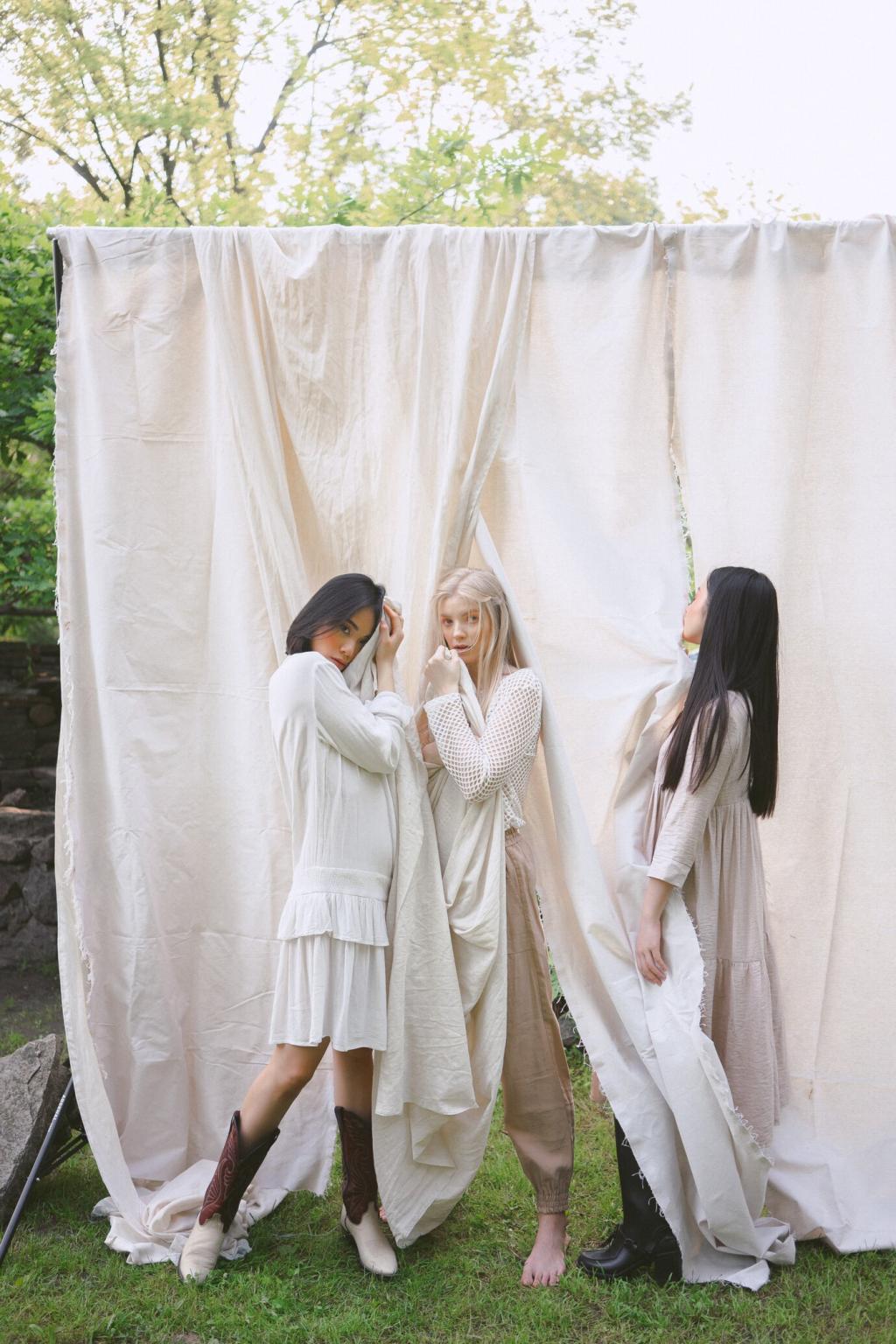Sustainable Fashion Through the Decades
Sustainable fashion is not just a modern trend—it is the result of a long, evolving journey that spans decades of innovation, cultural shifts, and awareness of our planet’s finite resources. By exploring sustainable fashion across different eras, we can understand how changes in technology, society, and values have shaped the movement we see today. This deep dive into each period reveals that every decade has contributed unique ideas and approaches to crafting clothes with a focus on longevity, ethics, and ecological responsibility.

The Beginnings: Early Sustainability in Fashion
When global conflict disrupted textile supplies, people became incredibly resourceful in extending the life of their garments. Clothes were frequently mended, repurposed, or handed down, demonstrating that sustainable fashion roots often stem from scarcity. Rationing inspired a make-do-and-mend mentality, embedding ingenuity and conservation into ordinary households’ relationship with their wardrobes.


Previous slide
Next slide

Mainstreaming Natural Fibers
There was a significant shift towards natural fibers like cotton, wool, and linen as people became wary of synthetics’ ecological impact. This renewed interest led to increased appreciation for organic and locally sourced materials, setting the stage for a textiles industry that began to prioritize both quality and safety for the environment and consumers alike.
Craftsmanship and Slow Fashion Ideals
Handmade and artisanal products soared in popularity, responding to an increasing desire for transparency and connection. Small-scale production allowed for greater oversight, fair trade principles, and a move away from faceless mass production. Craft fairs, patchwork, and custom tailoring embodied the slow fashion values of longevity and responsibility during this pivotal decade.
Grassroots Environmental Campaigns in Fashion
Activists, designers, and everyday individuals championed causes like recycling and responsible manufacturing. Iconic campaigns raised awareness about toxic dyes and the need for regulation, and the decade’s environmental ethos started permeating the global fashion conversation. These early efforts laid the groundwork for policy changes and the rise of eco-conscious labels.

The 1980s: Glamour, Excess, and Emerging Green Voices
As global brands expanded, so did scrutiny of their labor and environmental practices. Sweatshops and pollution scandals pushed sustainability discussions into the public eye. This backlash against the worst excesses of fast fashion compelled some businesses to rethink their supply chains and motivated consumer advocates to demand accountability.
The 1990s: From Minimalism to Corporate Social Responsibility
Minimalism influenced everything from designs to consumption habits, promoting quality over quantity. Streamlined wardrobes, capsule collections, and the appeal of versatile pieces aligned perfectly with sustainable values. Consumers wanted pieces that would last beyond seasonal trends, reflecting a growing intolerance for wasteful fashion cycles.

The 2000s: Innovation, Awareness, and Industry Reform
Eco-Friendly Materials and Pioneering Brands
This era saw the mainstream adoption of organic textiles, recycled materials, and innovative fabrics such as hemp and bamboo. Trailblazing brands emerged, built around a commitment to sustainability from the ground up. These pioneers inspired a wave of competitors and encouraged traditional fashion houses to introduce eco-friendly collections.
Media Spotlight on Fashion’s Footprint
Documentaries, investigative journalism, and growing internet access brought crucial facts about the industry’s environmental impacts to consumers’ doorsteps. Armed with knowledge, shoppers started demanding more from their labels, forcing companies to reckon with the true costs of their operations and leading to greater transparency.
Certification, Standards, and Transparency
Clear standards, like Fair Trade and Global Organic Textile Standard, established credibility for both brands and consumers. Certifications helped cut through marketing hype and allowed buyers to make informed, ethical choices. This infrastructure drove higher expectations for transparency, laying a foundation for a more trustworthy and sustainable future in fashion.
The 2010s: Digital Age and the Rise of Conscious Consumers
Social networks revolutionized how information spread, giving sustainability advocates—large and small—vast reach. Influencers began highlighting ethical brands and urging eco-friendly choices, making sustainability aspirational and accessible. This digital activism translated awareness into action, encouraging transparency and holding companies accountable in real time.

